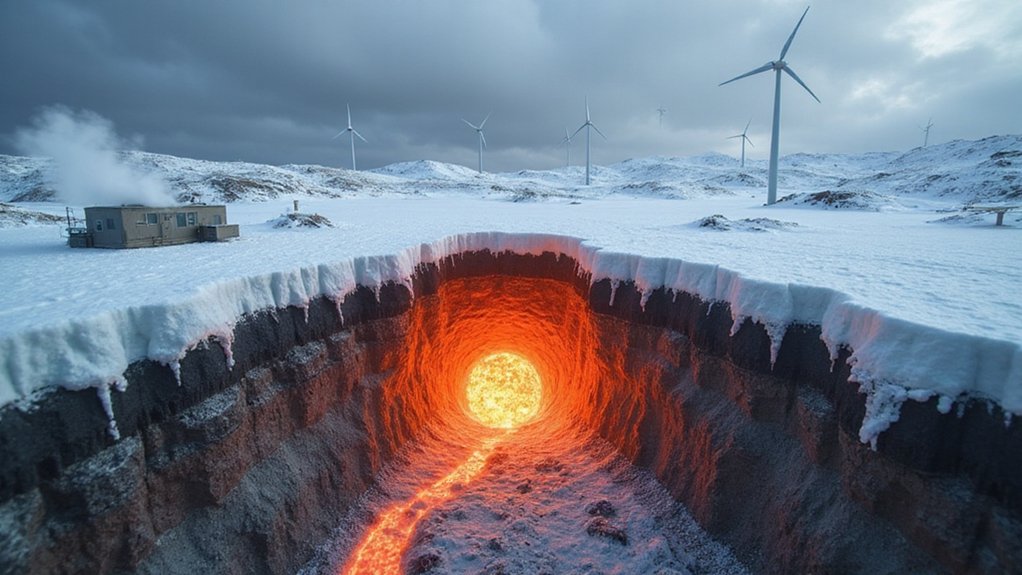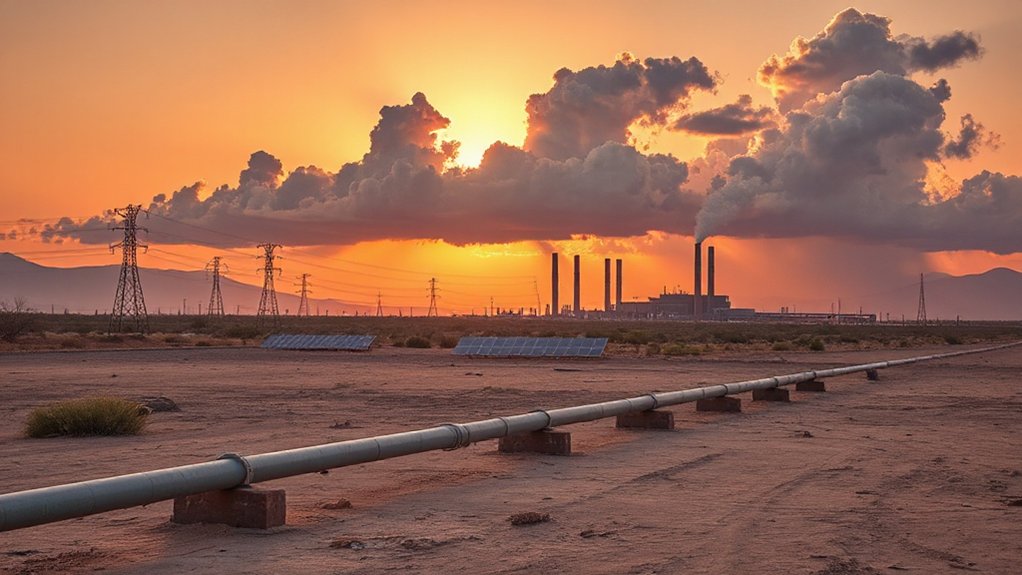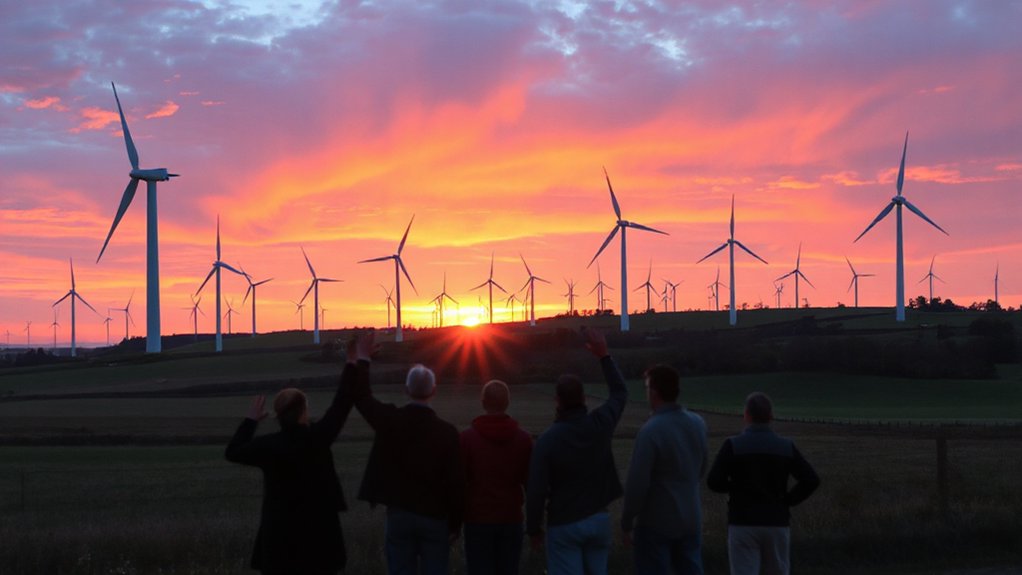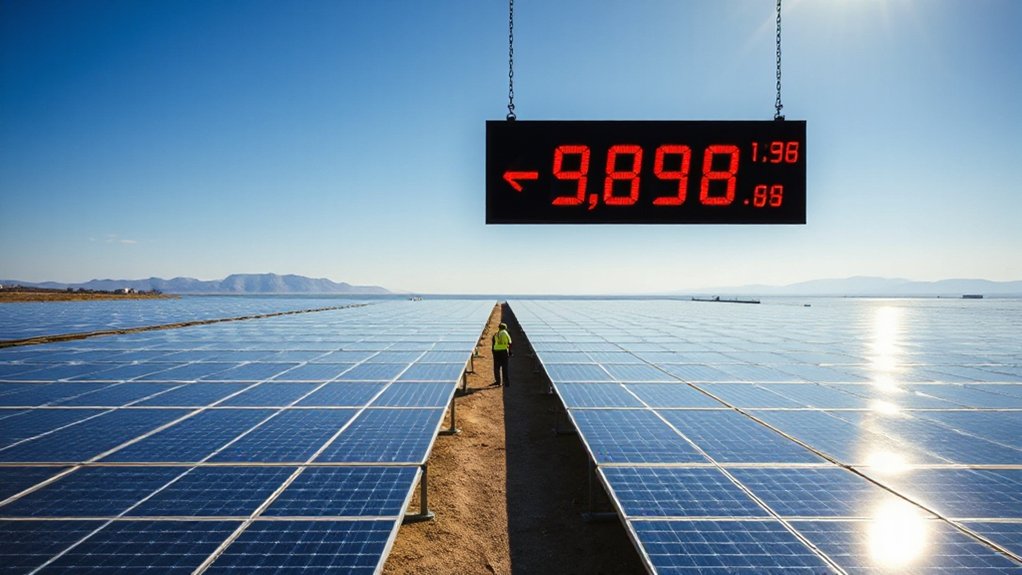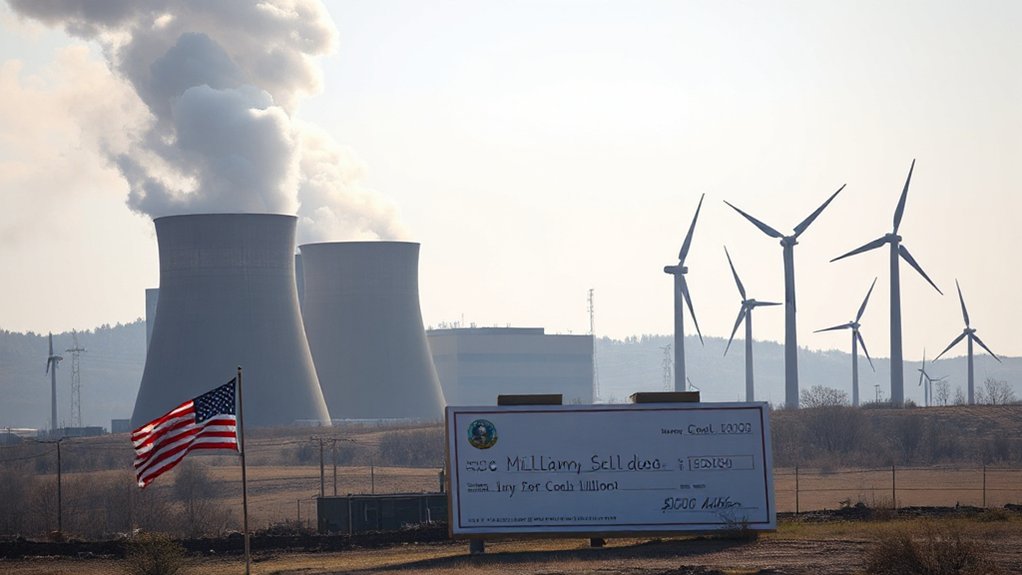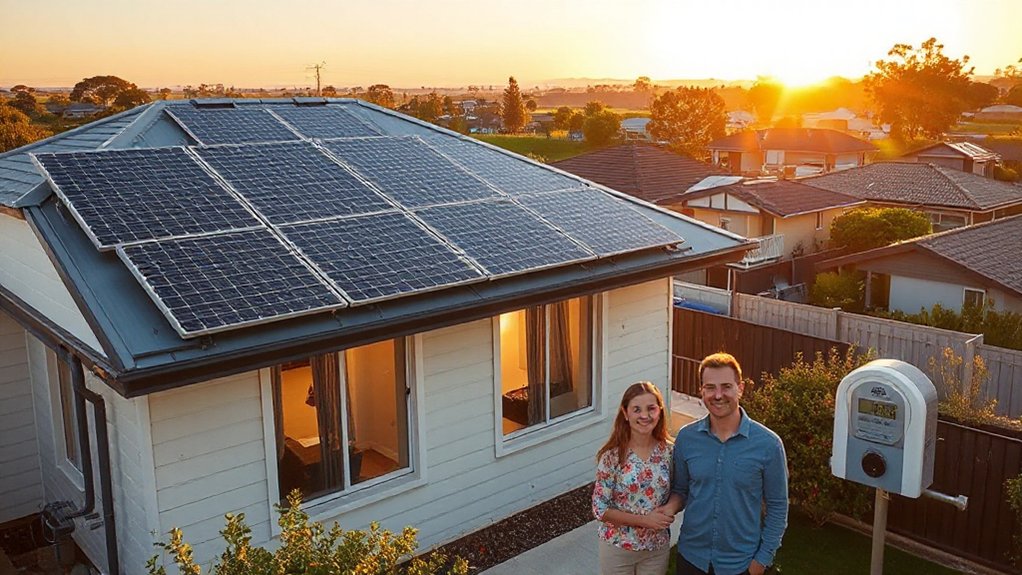While the world frets about climate change and energy security, India’s power sector has been quietly pulling off something remarkable. The country that everyone loves to lecture about coal? Yeah, they just flipped the script. Non-fossil fuel sources now make up 49% of India’s total installed power capacity, pushing thermal power into minority territory for the first time. That’s 235.7 GW of clean capacity out of 476 GW total as of June 2025.
India just flipped the script on coal—non-fossil fuels now dominate their power grid.
The numbers don’t lie. Renewable energy capacity exploded from 81,593 MW in 2015 to 198,213 MW in 2024. That’s a compound annual growth rate of 10.36%, for those keeping score. Solar alone hit 110.9 GW. Wind power chipped in another 51.3 GW. Just last year, India added a record-breaking 29.52 GW of renewable capacity. At this pace, the government’s target of 500 GW of non-fossil fuel capacity by 2030 looks almost conservative.
But here’s what really matters: this isn’t just about fancy solar farms for foreign investors to gawk at. India achieved 100% village electrification by April 2018. Since then, they’ve connected over 28 million households to the national grid. Programs like SAUBHAGYA and the tongue-twisting Deen Dayal Upadhyaya Gram Jyoti Yojana made it happen. Rural families who once relied on kerosene lamps now flip switches like everyone else.
The transformation extends beyond just adding capacity. Transmission and distribution losses dropped from 23% in 2014-15 to 17% in 2023-24. That’s billions of units of electricity saved through basic efficiency improvements. The unified national grid means power flows where it’s needed, when it’s needed. India’s estimated renewable energy potential stands at a staggering 2.1 million MW, with wind power alone accounting for 55% of this untapped resource. The country is also benefiting from smart grids that enhance energy management while reducing intermittency issues.
Sure, India’s industrial sector still guzzles energy like there’s no tomorrow, consuming 311,822 KToE. Total primary energy supply jumped 7.8% in 2023-24. The demand isn’t slowing down. But for a country that critics said would never break its coal addiction, India’s energy mix now includes everything from wind and solar to hydro, nuclear, and biomass. The pipeline looks even more promising, with over 169 GW of renewable projects currently under implementation and another 65 GW already tendered.
The fossil fuel era isn’t dead yet. But in India, it’s officially playing second fiddle.
References
- https://www.pib.gov.in/PressNoteDetails.aspx?NoteId=154717&ModuleId=3
- https://mospi.gov.in/sites/default/files/publication_reports/Energy_Statistics_2025/Energy Statistics India 2025_27032025.pdf
- https://www.enerdata.net/publications/daily-energy-news/india-reached-220-gw-new-renewable-energy-capacity-2024-2025.html
- https://pib.gov.in/FactsheetDetails.aspx?Id=149095
- https://pragativadi.com/viksit-bharat-vision-2047-milestones-in-energy-statistics-india-2025/

